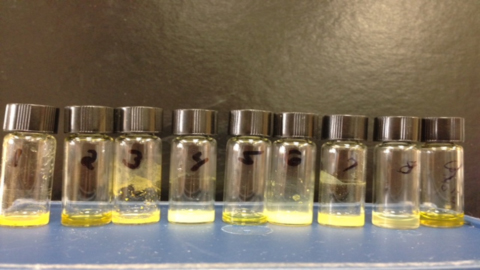Formulation
It is frequently necessary for most hydrophobic small molecules to develop a specific formulation that will allow in vivo delivery of the compound at suitable concentrations.
The Pharmacology Core makes use of a simple decision tree published some years ago by scientists at Pfizer for development of solution formulations for IV and IP dosing (1).
This method gradually tests solubility of the compound in aqueous buffers, with changes in pH as appropriate to the compound’s pka, then adds co-solvents if aqueous solubility is poor, followed by surfactants. Development of oral formulations is similar although slurrys are used if an appropriate solution cannot be developed.
The Core has experience and knowledge of the amount of most of these excipients that will be well-tolerated.
| Common Co-Solvents | Common Surfactants | Other Excipients |
|---|---|---|
| Ethanol | Tween 80 | hydroxypropyl beta cyclodextrin |
| DMSO | Cremophor EL | Sulfobutylcyclodextrin |
| Pharmasolve (n-methyl pyrrolidone) | methylcellulose | |
| PVP K12 | Oils (corn, safflower) | |
| DMA | ||
| Propylene Glycol (PG) | ||
| Polyethylene Glycol 400 (PEG400) |

(1) Lee, Y-C, PD Zocharski, B Samas (2003). An intravenous formulation decision tree for discovery compound formulation development. Int. J. Pharm. 253:111-119. PMID:12593942.
